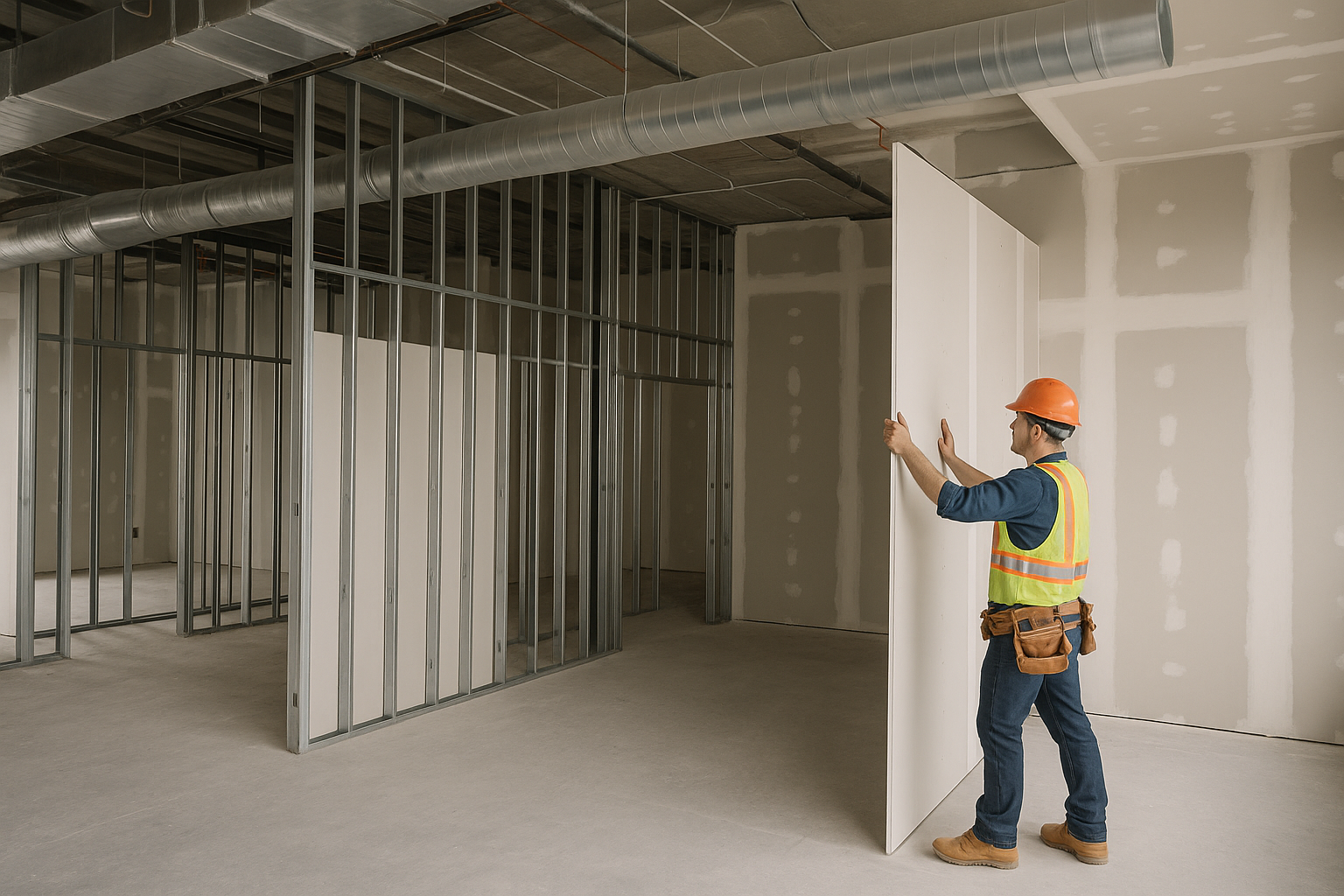
Wall height variation poses a unique challenge to drywall estimating. Unlike uniform partitions, walls with changing elevations across rooms, corridors, or levels introduce variability in material quantities, labor productivity, and equipment needs. For architects, engineers, and general contractors, managing this variation accurately is essential for developing reliable cost estimates and minimizing construction risk.
Wall height impacts far more than just board quantity. It affects:
Many estimators apply a flat square foot cost or average height across the plan, which may miss key nuances such as:
These assumptions can lead to inaccuracies in quantities and underestimating labor needs, particularly on institutional or mixed-use projects with complex layouts.
The most accurate drywall estimates factor in vertical complexity as a discrete variable. With Active Estimating, estimators can:
Using a dynamic estimating system, projects can apply conditional logic such as:
This tiered approach not only protects margin but improves subcontractor planning and procurement strategy.
In a performing arts venue, wall heights ranged from 10 ft backstage to over 25 ft in the auditorium. Using drywall estimating logic that tagged zones by height, the team applied different install rates and board waste factors per zone. The result: an 18% increase in budget accuracy and reduced labor conflict during construction sequencing.
Accurate drywall estimating depends on more than floor plans—it requires attention to vertical detail. By managing wall height as a defined estimating variable, teams can deliver more precise budgets, reduce rework, and ensure the build team is prepared for what lies ahead. With the structured workflows in Active Estimating, wall height no longer becomes a guess—it becomes a defined, defensible cost driver.
Contact Information:
Active Estimating
508 2nd Street, Suite 208
Davis
California
95616
Rich Schoener
richard@activeestimating.com
(877)
Schedule a personalized demo to see how Active Estimating can work for your specific needs.
